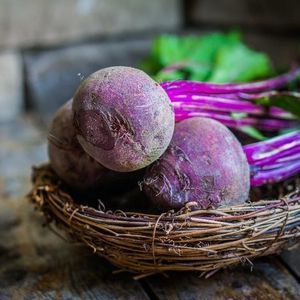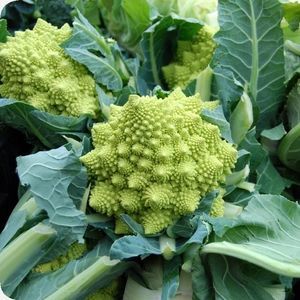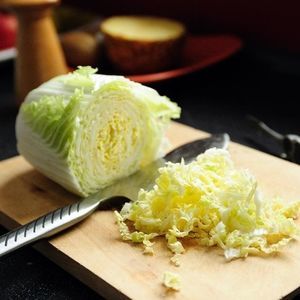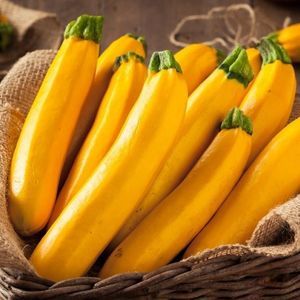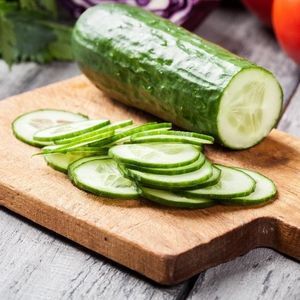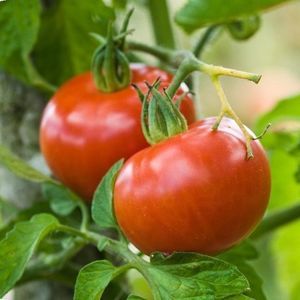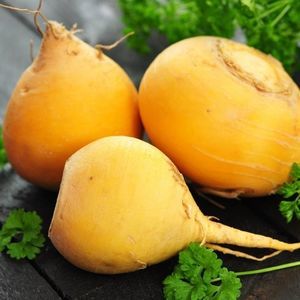
- Seeds and crop inputs
- Seed & plant
- Leek seed
- MSL GmbH & Co. KG
Perennial leek seed Japanese Ishikuraspringbiological
Add to favorites
Compare this product
fo_shop_gate_exact_title
Characteristics
- Availability
- perennial
- Harvest season
- spring
- Other characteristics
- biological
Description
The Japanese Ishikura with its long, white and noticeably thick stalks and fresh-green, straight leafage is one of the easy-to-cultivate spring onion varieties without bulb formation. Its flavour represents a mild mixture of onion and chives. Spring onions are perennial, tussock-forming plants that can reach growing heights between 30 and 80 cm. Compared to common onion plants, the bulb of the Japanese Ishikura is not clearly differentiated from the leafage.
Natural location: Spring onion originated in the Orient and spread through Russia into Europe.
In the kitchen: Your spring onions will be ready for harvesting approximately three months after seeding. The whole plant is to be removed from the soil when harvesting. Alternatively, you can also only cut off the green parts and leave the tubers in the earth. That way, you will be able to harvest again already three to four weeks later. If you leave at least 2.5 cm of green on the plant, the onions will continue to grow and develop bigger tubers. Mostly, only the aromatic leaves are used in the kitchen. They are often used as raw food, chopped-up in salads or for refining soups and quark. Spread the chopped pieces onto the dish only shortly before serving. That way, the onion keeps its aromatic flavour. Spring onions are also well suited for preparing a Thai-Curry or other eastern dishes. See that you don’t cook, steam or fry the delicate stalks for too long or with too much heat, as their flavour might burn away. Scallions are more delicate than common onions. Kept in a fridge, they can be stored for about a week, after that, the tuber becomes woody and the stalks start to wither.
Catalogs
Related Searches
*Prices are pre-tax. They exclude delivery charges and customs duties and do not include additional charges for installation or activation options. Prices are indicative only and may vary by country, with changes to the cost of raw materials and exchange rates.










